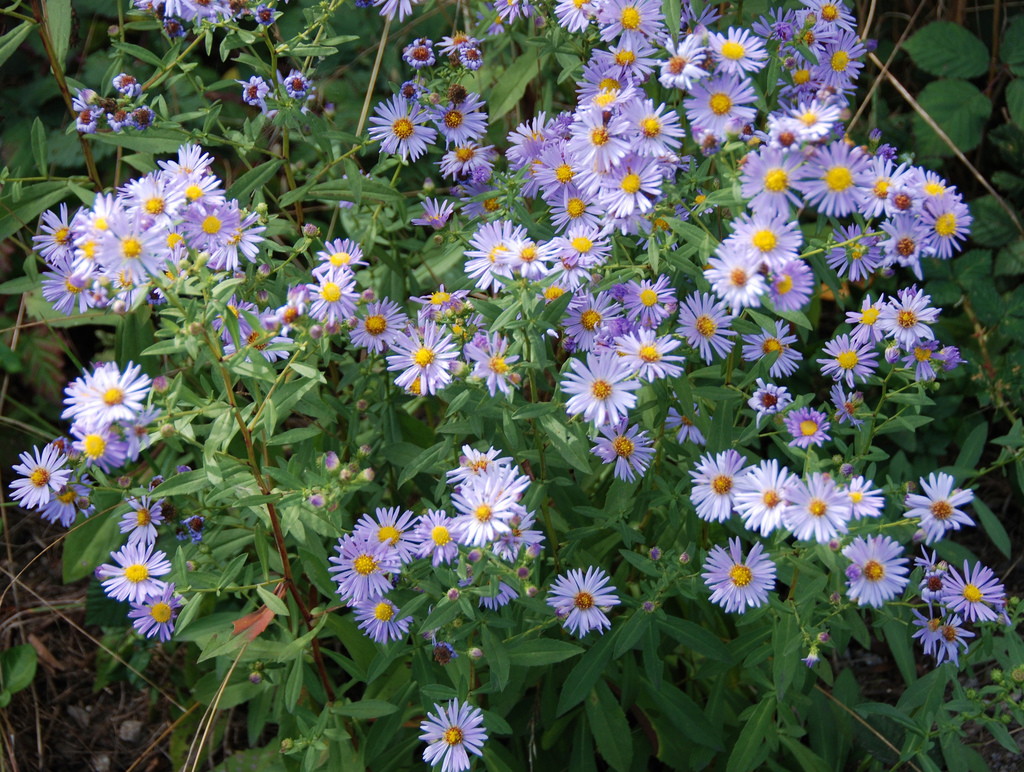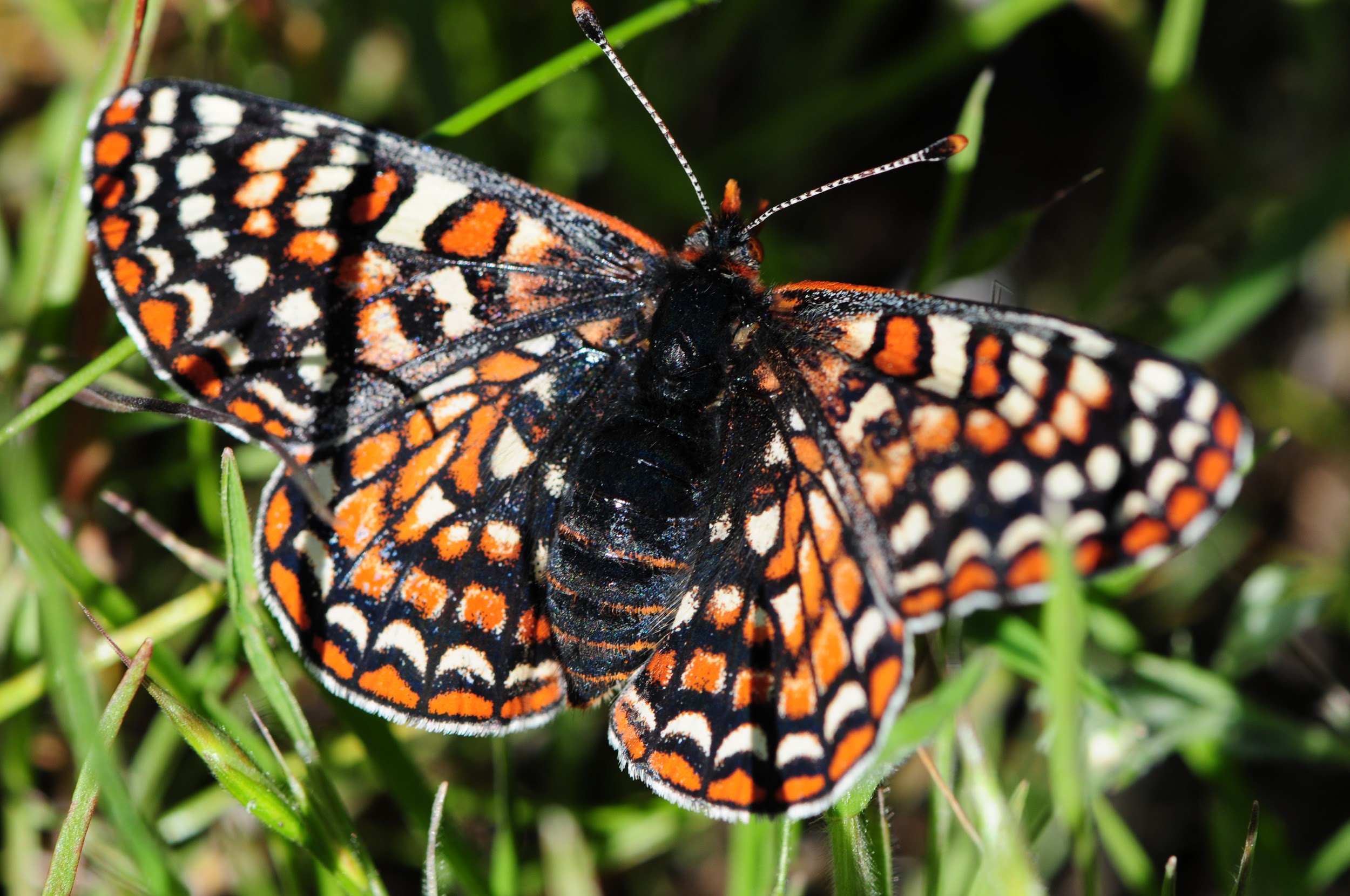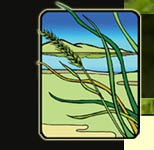Symphyotrichum chilense: The Lavender Lover of Bees and Butterflies
Story by Maddie Ginn

Symphyotrichum chilense, or California aster, makes its haven in a variety of our beloved California ecosystems. As a facultative plant, it is well adapted and common in both wetland and non-wetland habitat types, and can be found in coastal sage scrub, coastal salt marsh, grassland, meadow, coastal dune and bluff, and freshwater marsh habitats. This plant is especially valuable in the field of restoration, commonly grown in our nursery to fill in meadow gardens, stabilize slopes with its extensive, fibrous root systems, fill in native hedgerow projects, and to provide a beautiful flush of color to our native landscapes. California aster is aptly named for its extremely successful adaptations to California’s mediterranean climate. Well sought-after for its drought-resistant nature, this species provides beautiful blooms even during the hottest, driest months of the year. Though it doesn’t require irrigation once established, originally small plantings will spread vigorously if moderately watered. It is easily able to flourish in medium-textured soils, has a high salinity tolerance, and can thrive in partial shade to full sun.
Previously known as Aster chilensis, this lavender petaled beauty has high value for late season pollinator species. Its showy, daisy-like flowers bloom in early June and stay through fall, providing the crucial pollen supply needed for beneficial insect species. Bumble bee queens that require energy reserves prior to their winter dormancy rely on the availability of species like S. chilense to bloom in late summer and fall. Checkerspot and crescent butterflies utilize this species as a host plant during their juvenile caterpillar form, and also as nectar sources once they have metamorphosed. Aside from these, a variety of generalist pollinator species can be found buzzing and thrumming around patches of California aster throughout its blooming period. Our staff at Central Coast Wilds collect plenty of seeds of this species from our local watersheds around the central coast, and plenty will be available for sale this spring season!


|
|
|

























